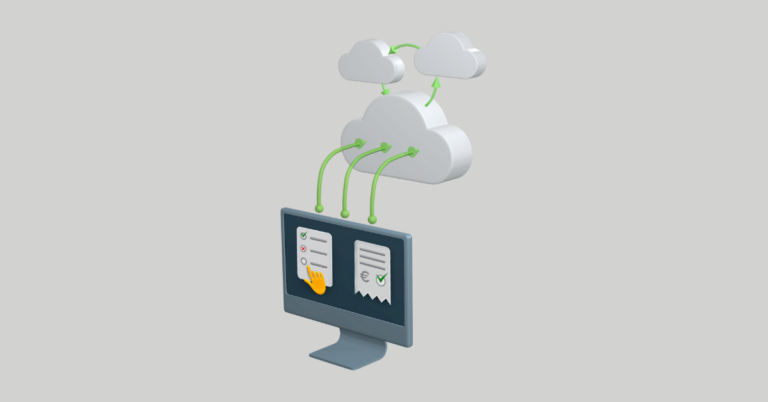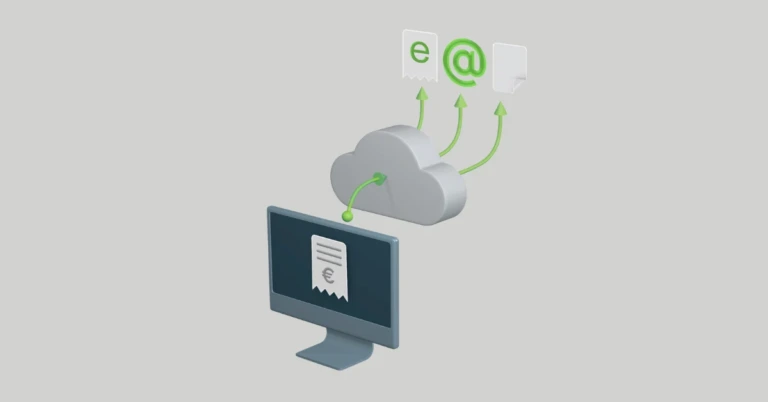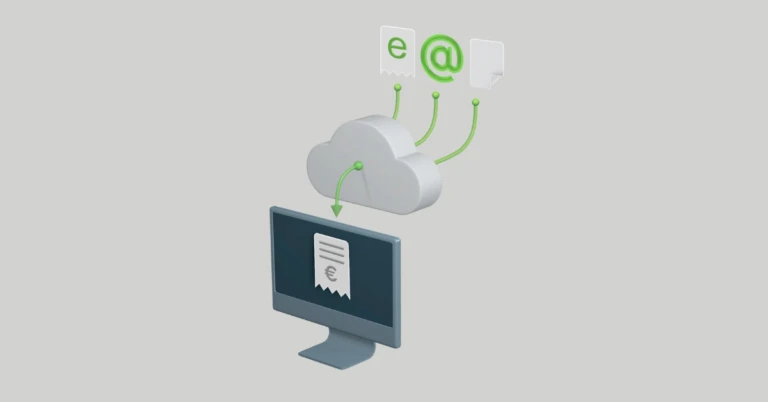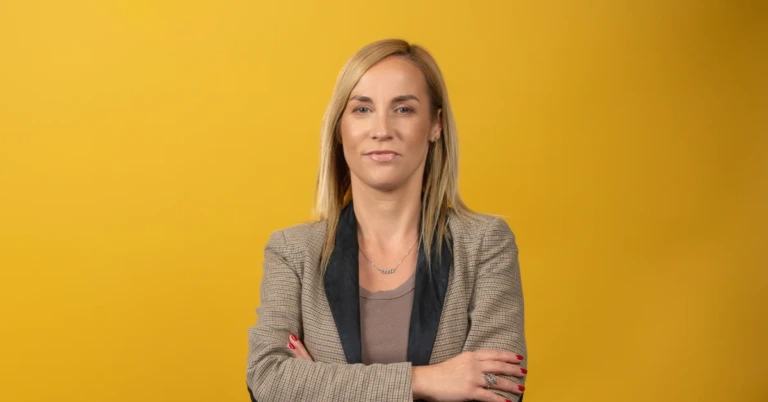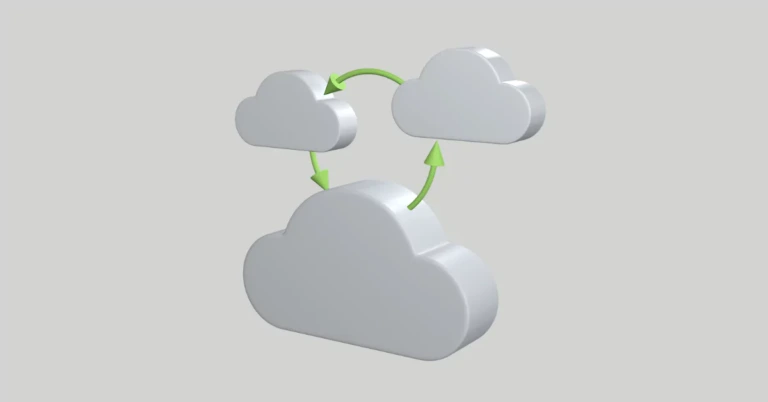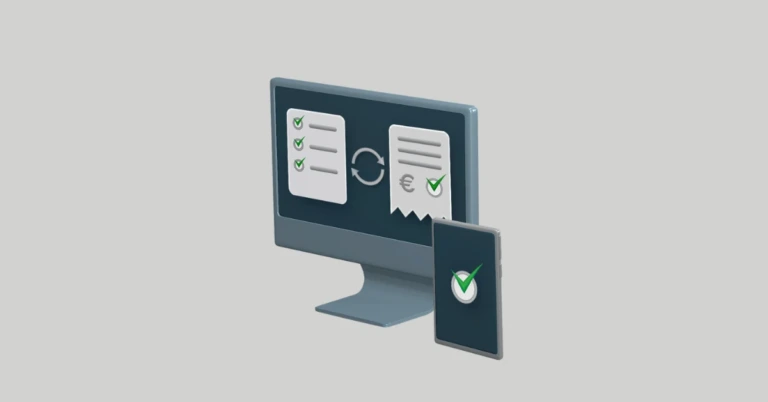
The challenges of international e-invoicing
Heikki Pulli
For any company, the first step in overcoming the challenges of international e-invoicing is to focus on internal processes. In a Shared Service Center (SSC) of centralized financial processes, e-invoicing can be the key enabler.
If you are a company operating in Finland, Sweden, Norway, or Denmark, with local partners and customers only, you are one of the fortunate ones in terms of electronic invoicing. For years, Nordic countries have been recognized as the forerunners of e-invoicing and, on a global scale, they are at an advantage when it comes to creating simple and effective e-invoicing environments.
However, when you have suppliers in several countries or your business operations stretch across borders, things begin to get more complicated. All of sudden, you are required to familiarize yourself with different local laws and regulations (for example, local tax authorities’ demands for invoices or the different requirements concerning information on invoices and archiving). You must also start considering the more technical aspects of e-invoicing (the different invoice formats and invoicing infrastructures).
International companies are aware that in this context, e-invoicing can be far from smooth and effortless. The challenges of international e-invoicing can be summarized as follows:
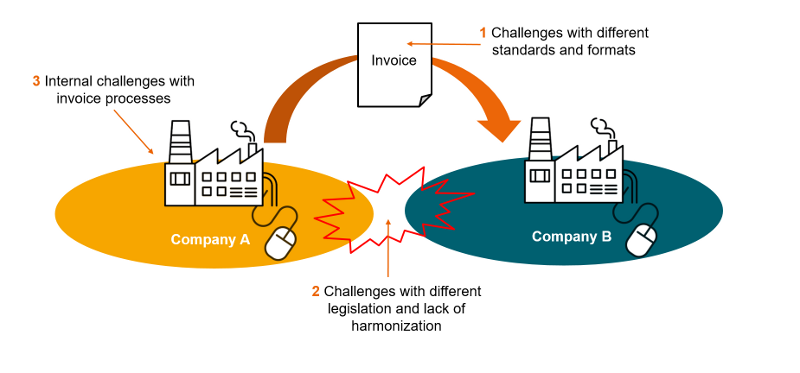
There are also successful pioneers outside the Nordic countries. For instance, over the past years in Latin America, e-penetration of B2B invoicing has risen sharply, to 90% in several countries. The reason behind this is the fight against the black economy: eight Latin American countries have implemented processes and mechanisms to ensure that all B2B invoices are authenticated by government tax authorities and thus enable real-time VAT reporting.
As it is only possible to achieve this through electronic invoicing processes, it has become obligatory for nearly all companies. A similar approach is currently becoming more common in Southern Europe and Russia. However, as a result of government-led development and numerous laws, there are still many co-existing e-invoicing models.
E-invoicing makes strong headway
Regardless of the complexity in terms of global buyer-supplier connectivity, electronic invoicing continues to make strong headway internationally. In recent years, the growth percentages have been up to 30% and I believe the pace will continue, if not accelerate, when major markets, such as Germany, the United States, and China catch up with the digitalization of invoicing.
For a company, the first step in overcoming the challenges of international e-invoicing should always be standardizing internal invoicing processes and resolving the local issues, in terms of incoming purchase invoices and outgoing sales invoices.
Centralizing financial processes in Shared Service Centers (SSC) has provided the solution for many multinational companies, enabling economies of scale and improved control and visibility through process standardization. Whether the financial processes have been outsourced to an external service provider or the SSC is internal, the main driver of centralization continues to be cost savings that are typically realized through lower labor costs and standardized Accounts Payable (AP) and Accounts receivable (AR) processes.
Taking SSCs to the next level: the primary enabler
But this is only part of the challenge. It is high time we started pursuing the next level of cost and process efficiency that comes with making the transition from paper-based to electronic processes in Shared Service Centers. An invoice is a core element in both purchase-to-pay and order-to-cash processes, which makes electronic invoicing a key enabling technology for optimizing and automating those processes in a centralized setup.
In the long run, switching to e-invoicing is vital for maintaining your competitiveness in a global market.
E-invoicing may be a way of unifying sometimes disparate systems and separate processes that have come to be in the SSC over time. The ultimate objective for the future should be a touchless and fully automated process. In an SSC, it would mean fewer FTEs on manual invoice handling and more people focusing on more value-adding work. With e-invoicing, companies can already start to reap the benefits of a truly digital financial process.
In any case, teaming up with an experienced and knowledgeable e-invoicing service provider helps to overcome the compliance issues and complexity of international e-invoicing. Meeting the different local requirements and converting formats, for instance, is easier with a partner who has tackled these challenges of international e-invoicing successfully before.

